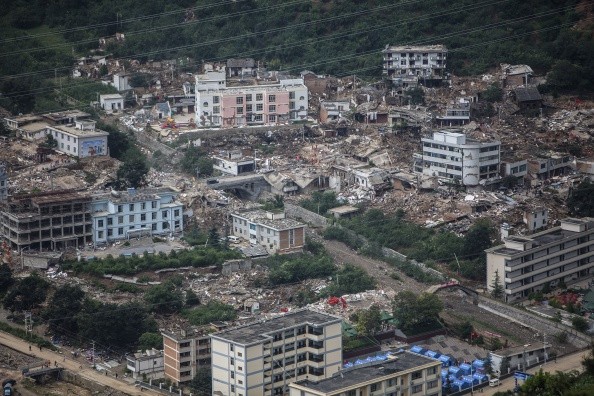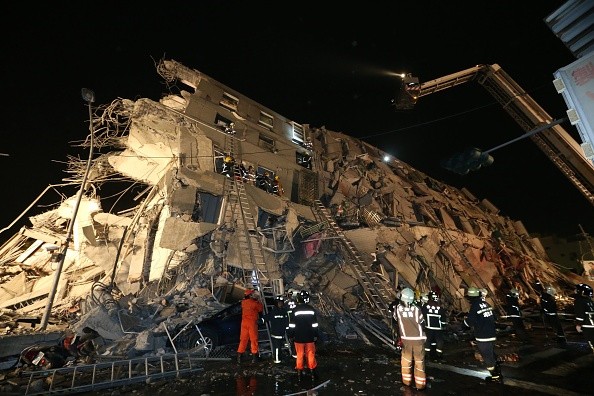Scientists are currently trying to confirm a record-breaking temblor. If they succeed, it would fundamentally alter how geologists see earthquakes.

World's Deepest Earthquake
A great number of earthquakes occur within a few hundred miles of the Earth's surface. Scientists were perplexed six years ago when the globe was shocked by deep-seated quakes. We're not talking about the typical range of a few dozen miles.
We're talking hundreds of miles below the surface of the Earth, where it was previously considered that a typical earthquake wouldn't be possible because of the extreme temperature and pressure.
The improbable earthquake occurred 467 miles beneath the surface of the planet, at a layer known as the lower mantle. There have been clues of lower mantle quakes here and there, but scientists have never been able to locate them.
Douglas Wiens is one of the researchers who thinks that this is sufficient proof. He's a seismologist at Washington University in St. Louis who specializes in deep quakes. Despite the fact that he was not a member of the research team, he has his own opinions about the event.
"This is by far the best evidence for an earthquake in the lower mantle," Wiens told National Geographic.
Heidi Houston also spoke with the outlet about what she thinks. Houston is a geophysicist at the University of Southern California and a deep quake specialist. She, like Wiens, was not a member of the research team.
Also Read: Experts: Taiwan Earthquakes Triggered by Seasonal Changes in the Levels of Water
Do Deep Earthquakes Happen Often?
Quakes does not happen often.
Most earthquakes, in fact, are rather shallow. Between 1976 and 2020, a total of 56,832 moderate to major earthquakes were registered. Only roughly 18% of those were deeper than 43 miles. Moving on, just approximately 4% of the strikes were below 186 miles.
This is the standard cut-off depth for classifying a "deep earthquake." As you may expect, a 7.9 earthquake occurring 467 miles below is rather unusual.
Scientists and academics from all around the world are still attempting to figure out how these quakes might have occurred in the first place.

Surface Temblors
When it comes to surface temblors, the explanation is simple: tectonic plates build up stress until the earth fissures and moves. That's when the quake's tremors is noticed and felt
This is not the case, however, deep within the globe. Those shudders are prevented by excessively high pressure.
Houston said: "Everything is just very strongly compressed in all directions."
Buildings, bridges, pipelines, trains, embankments, and other infrastructure can all be severely damaged by surface temblors. The strength of the ground vibrations and the behavior of the foundation soils are connected to the type and quantity of damage sustained.
The impacts of a large earthquake in the most severely damaged region, known as the meizoseismal area, are frequently multifaceted and depend on the topography and composition of the surface materials. On soft alluvium and unconsolidated sediments, they are generally more severe than on hard rock.
Inside the Earth's core, rocks function more like putty than solid pieces, according to Magali Billen, a geodynamicist at the University of California, Davis. So, what is it that might create an earthquake? That is an issue that researchers are still looking into.
Related Article : Can Pets Predict an Incoming Earthquake? Animals' Eerily Amazing Perception May be the Key
For more news, updates about earthquakes and similar topics don't forget to follow Nature World News!
© 2025 NatureWorldNews.com All rights reserved. Do not reproduce without permission.





